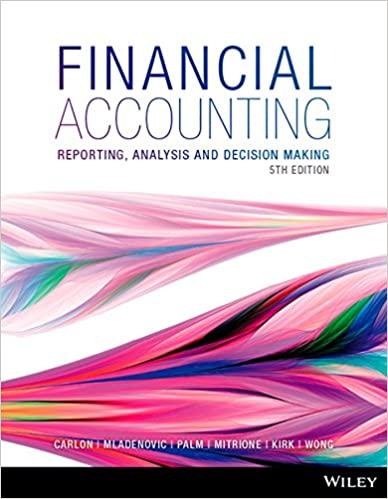Liang Company began operations in Year 1. During its first two years, the company completed a number of transactions involving sales on credit, accounts recelvable collections, and bad debts. These transactions are summarized as follows. Year 1 a. Sold $1,350,100 of merchandise on credit (that had cost $977,500 ), terms n/30 b. Wrote off $21,100 of uncollectible accounts receivable. c. Received $673,000 cash in payment of accounts receivable. d. In adjusting the accounts on December 31 , the company estimated that 2.10% of accounts receivable would be uncollectible. Year 2 e. Sold $1,501,700 of merchandise (that had cost $1,302,600 ) on credit, terms n/30. f. Wrote off $31,400 of uncollectible accounts receivable. g. Received $1,206,800 cash in payment of accounts receivable. h. In adjusting the accounts on December 31 , the company estimated that 2.10% of accounts receivable would be uncollectible. Required: Prepare journal entries to record Liang's Year 1 and Year 2 summarized transactions and its year-end adjustments to recorc bad debts expense. (The company uses the perpetual inventory system, and it applies the allowance method for its accounts receivable). Note: Round your intermediate calculations to the nearest dollar. Complete this question by entering your answers in the tabs below. Prepare journal entries to record Liang's Year 1 summarized transactions and its year-end adjustments to record bad debts expens! (The company uses the perpetual inventory system, and it applies the allowance method for its accounts receivable.) Journal entry worksheet 2 (4.) 5 Sold $1,350,100 of merchandise on credit, terms n/30. Note: Enter debits before credits. 1 Sold $1,350,100 of merchandise on credit, terms n/30. Record cost of goods sold, $977,500. Wrote off $21,100 of uncollectible accounts receivable. Received $673,000 cash in payment of accounts receivable. In adjusting the accounts on December 31 , the company estimated that 2.10% of accounts receivable would be uncollectible. Prepare journal entries to record Liang's Year 2 summarized transactions and its year-end adjustments to record bad debts expens (The company uses the perpetual inventory system, and it applies the allowance method for its accounts receivable.)










